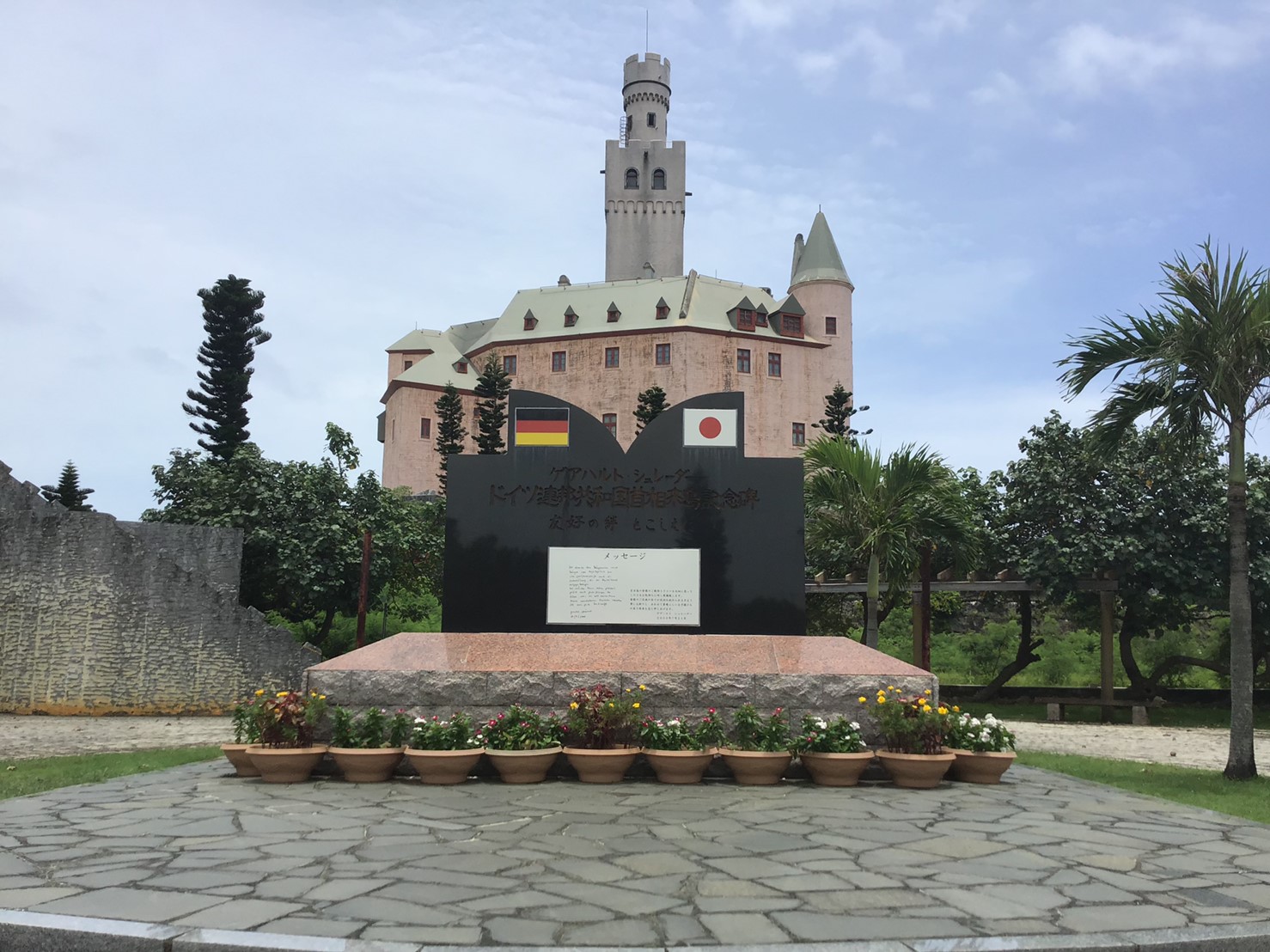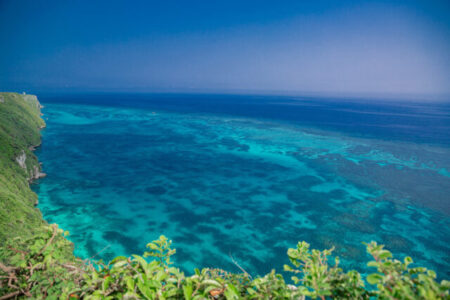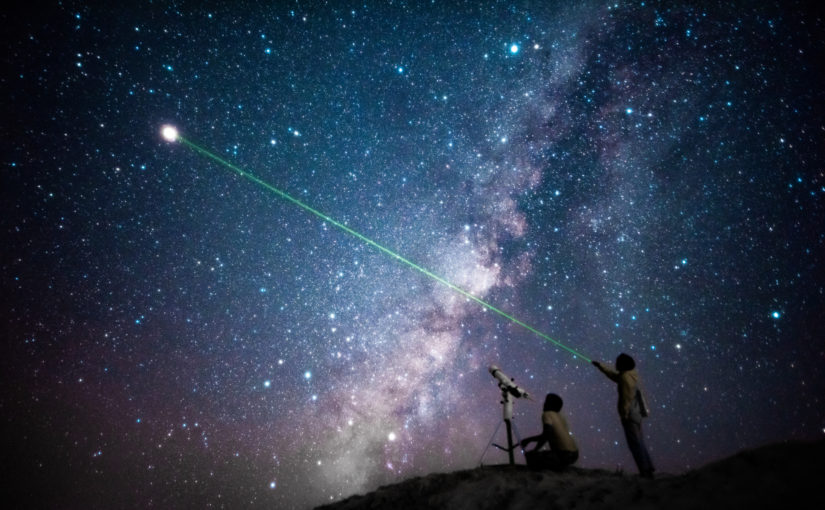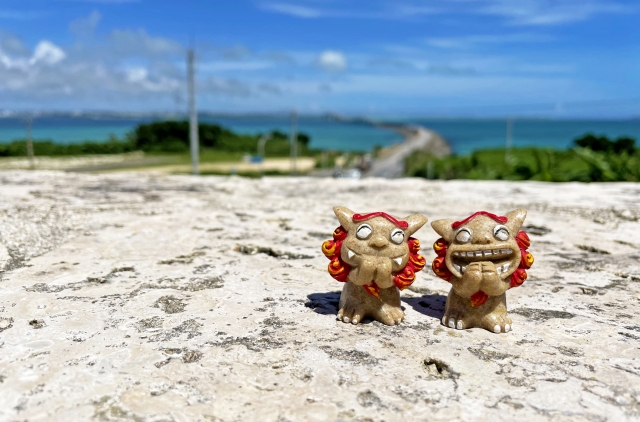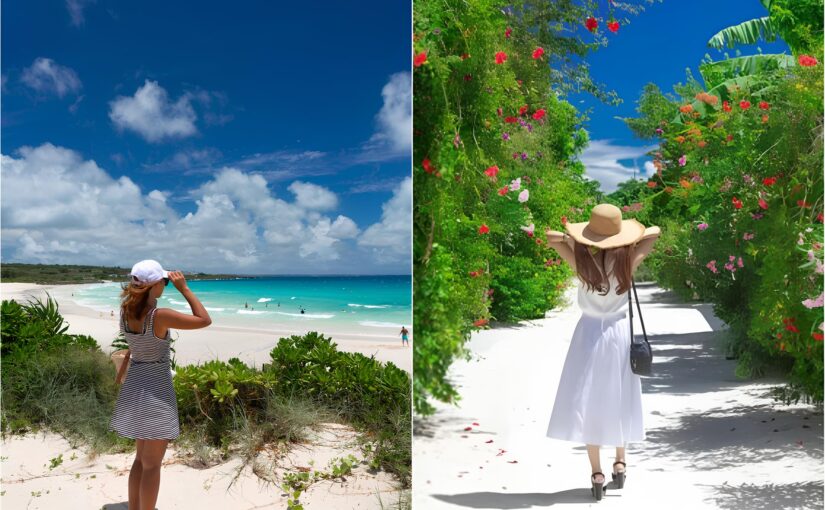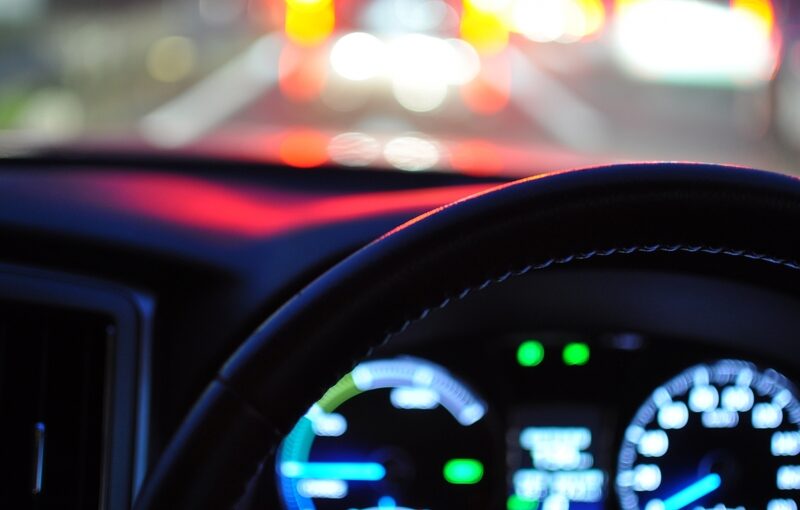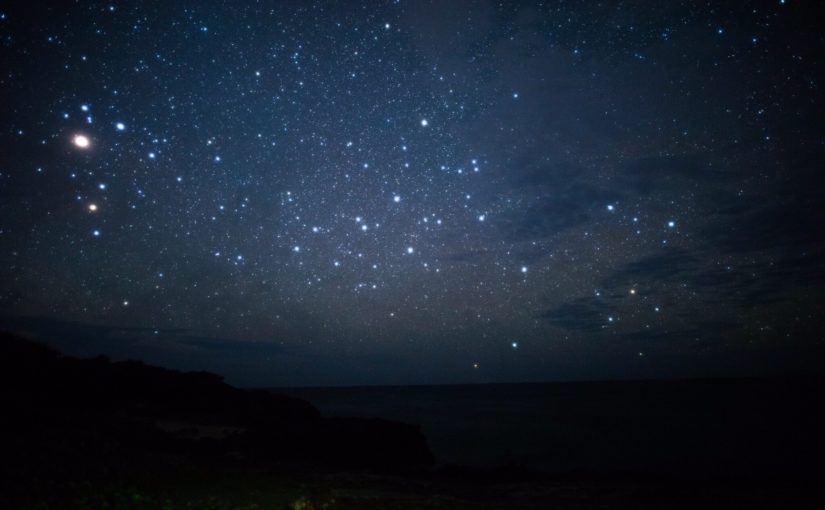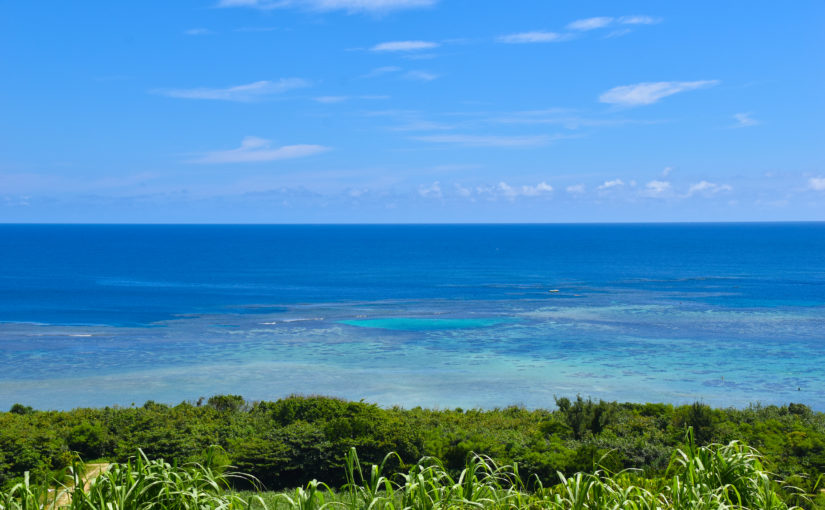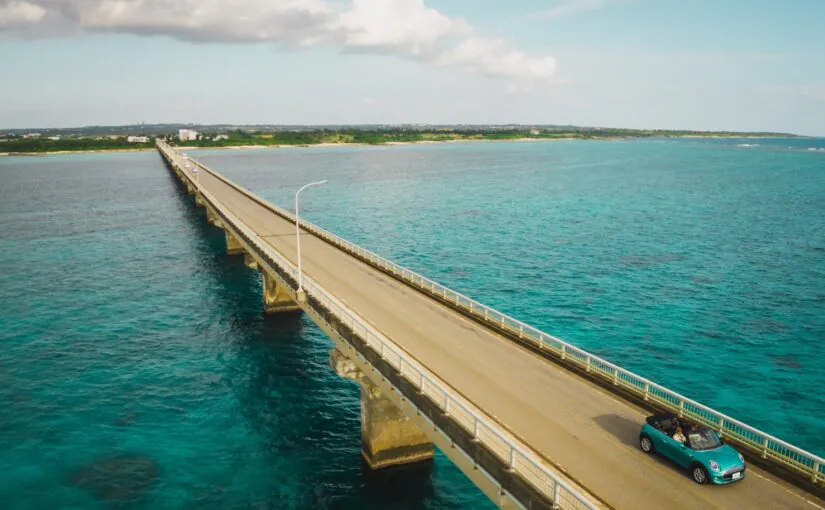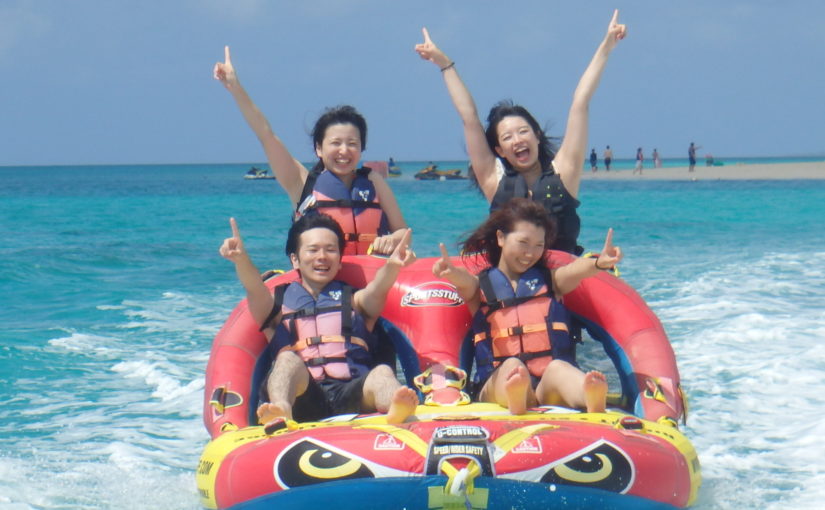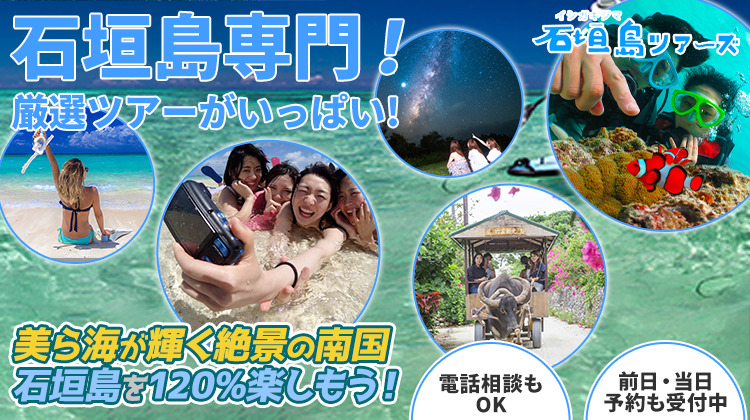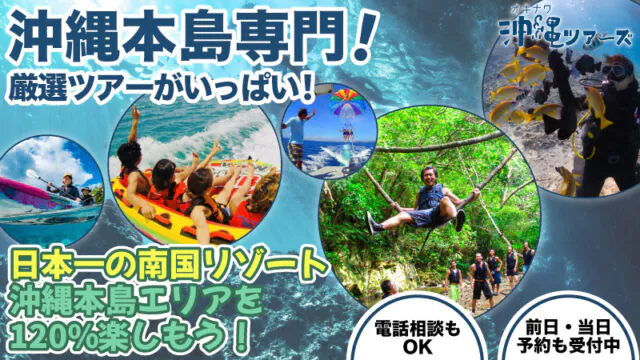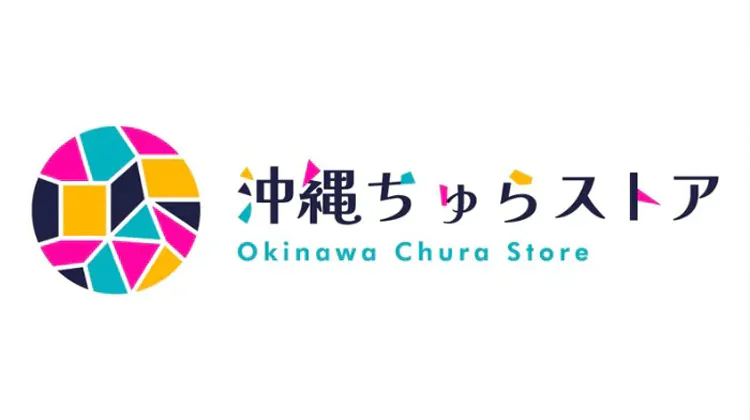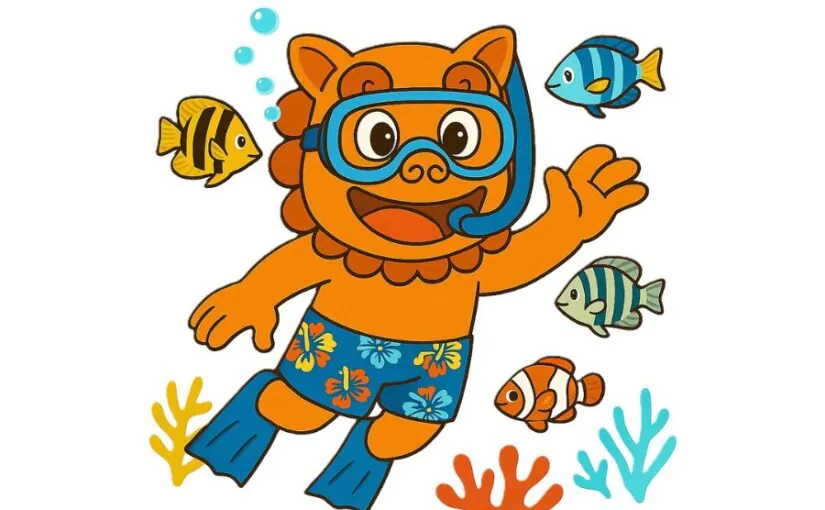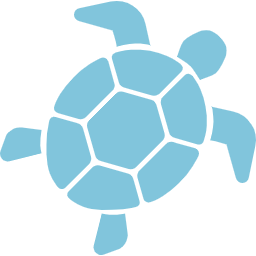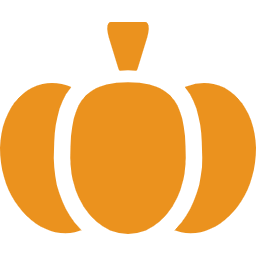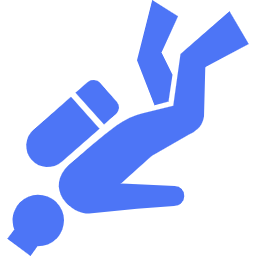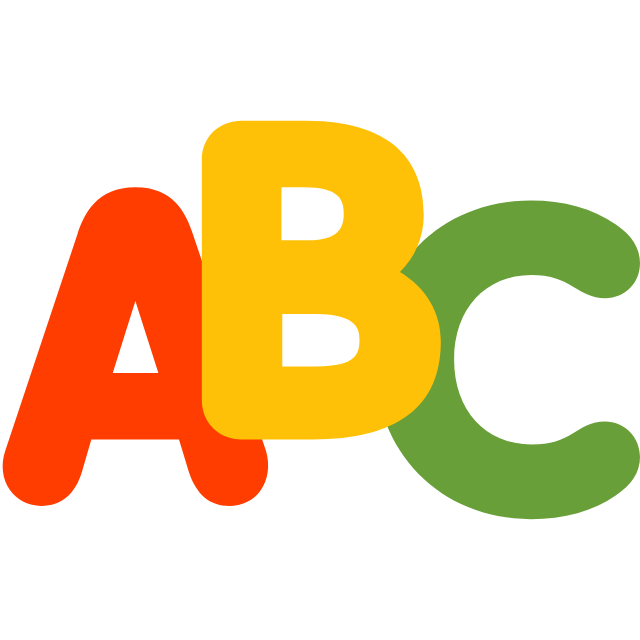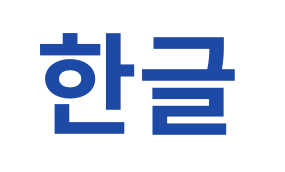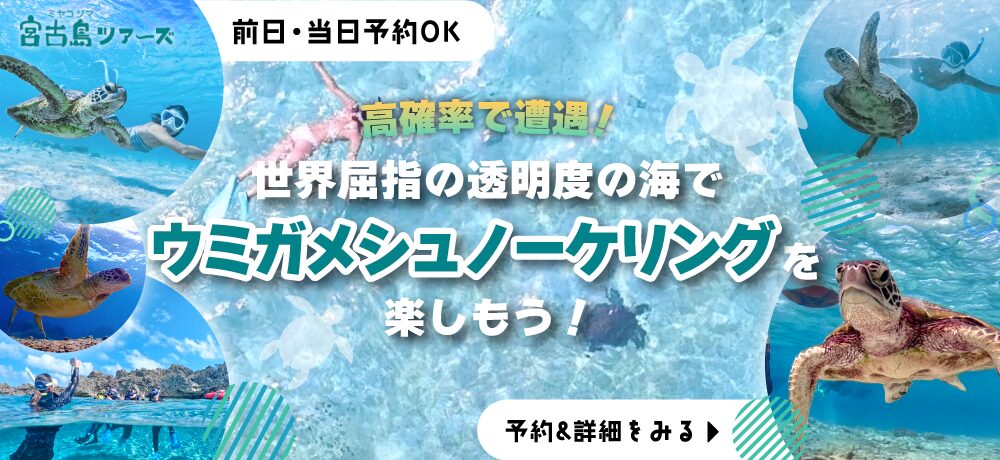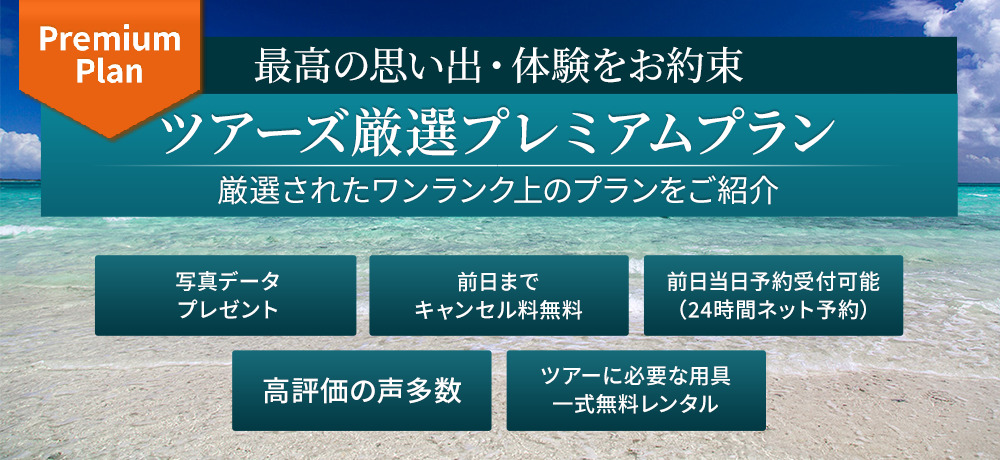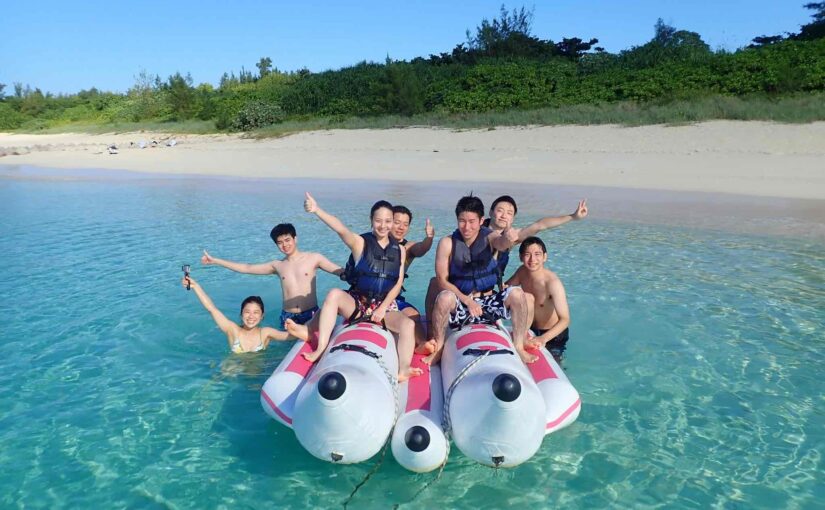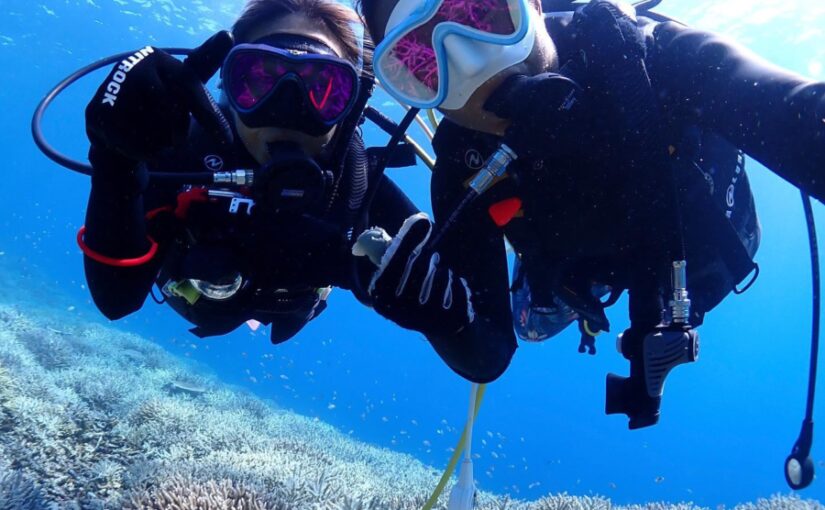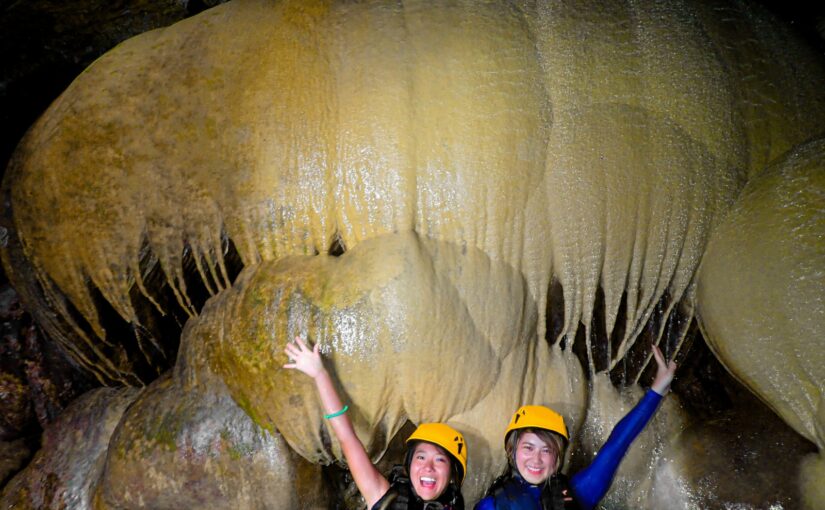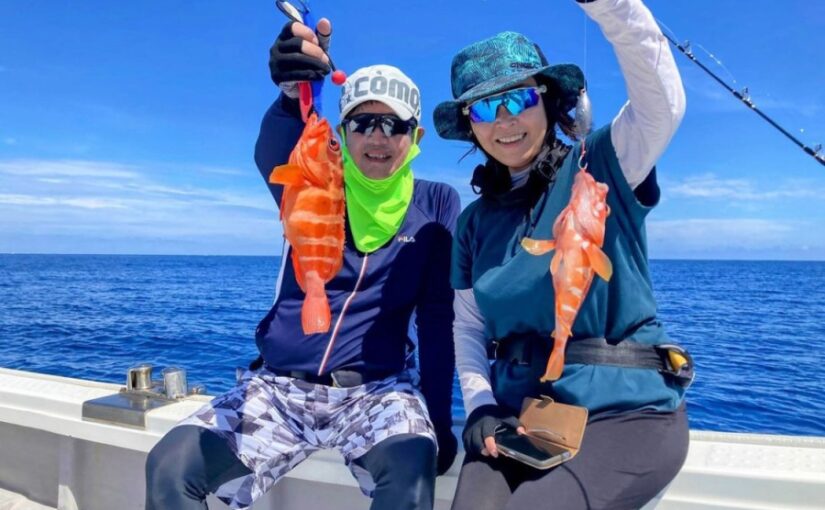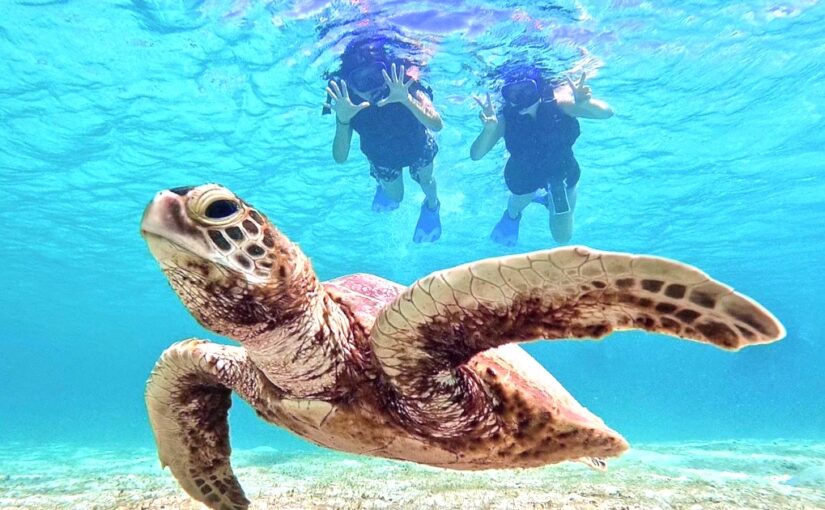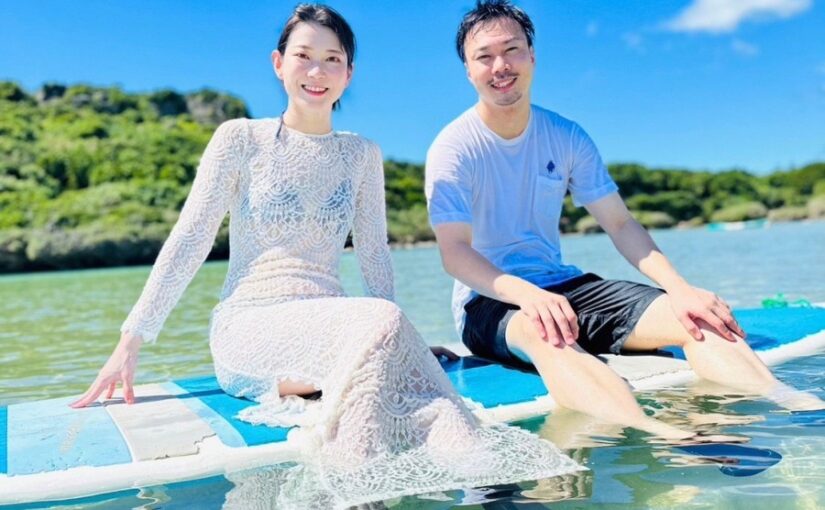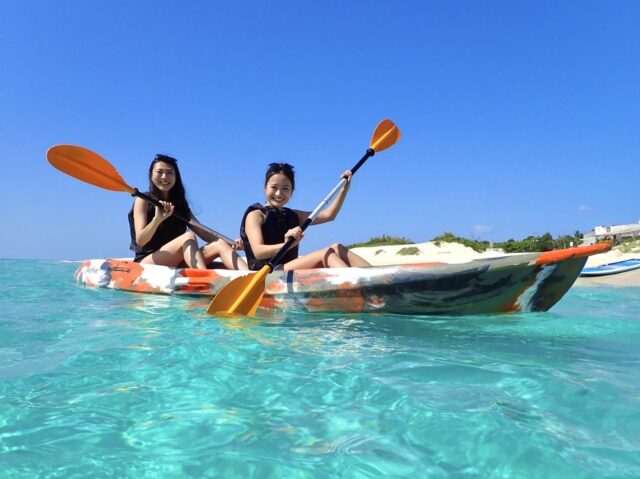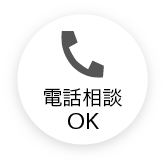Let's learn the history of Miyako Island and enjoy sightseeing even more! Introducing popular spots where you can feel the history and culture.
Table of Contents
- 1 History of Miyako Island
- 2 What is the culture of Miyako Island?
- 3 You will love Miyako Island even more if you learn about its history and culture.
- 4 10 recommended sightseeing spots to experience the history and culture of Miyako Island
- 4.1 Miyakojima City General Museum
- 4.2 Ueno German Cultural Village
- 4.3 stone for tax purposes (ritsuryo period)
- 4.4 Yamato well (Yamatogar)
- 4.5 Makiyama Observatory
- 4.6 pond in a garden
- 4.7 Spot descriptions and attractions
- 4.8 Toyomichin's Tomb (Tooyumiya Tomb)
- 4.9 Ikema Bridge
- 4.10 Irabu Bridge
- 4.11 (Usui No Waterside Utaki)
- 5 summary
History of Miyako Island
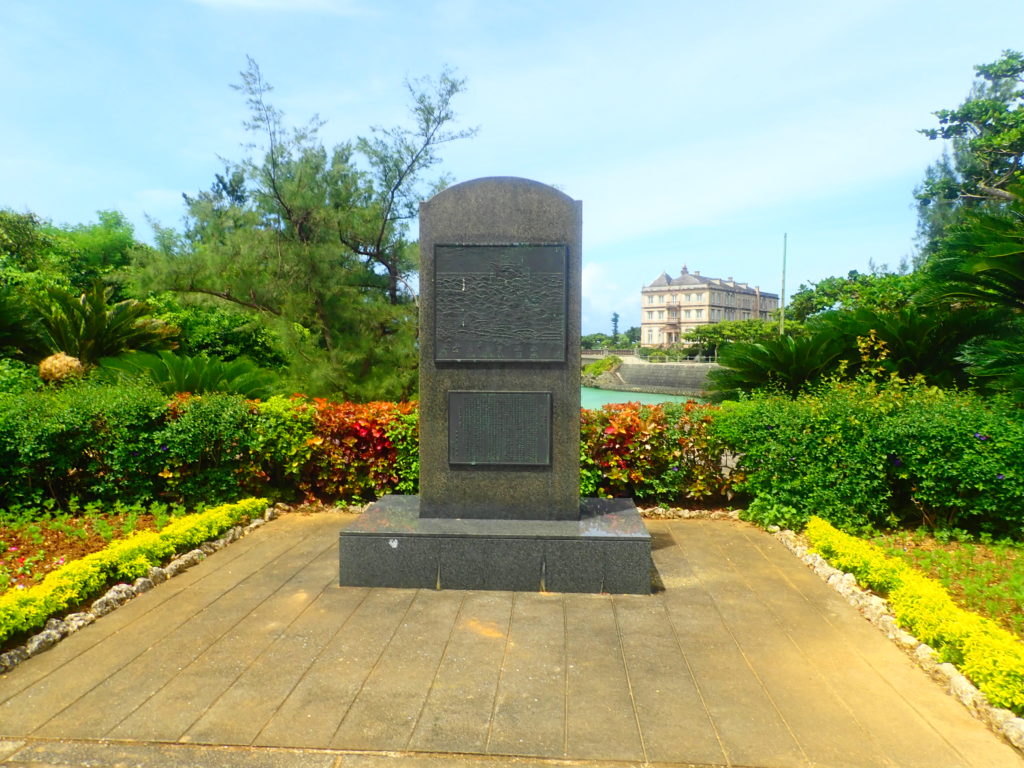
The Miyako Islands are located approximately 300 km southwest of the main island of Okinawa and 130 km east-northeast of Ishigaki Island, and consist of eight inhabited islands of various sizes.
Miyako Island first appeared in history during the Kamakura period.
Chinese history books record that Miyako Islanders drifted ashore in Wenzhoufu, China, known for its Wenzhou mandarin oranges.
In the Muromachi period (1336-1573), Yonaha Sedo Toyomichika, a powerful family based in Hirara on Miyako Island, paid tribute to the Zhongshan Kingdom, whose territory included the area around present-day central and southern Hebei Province in China, and was appointed chief of Miyako Island.
Another essential part of Miyako Island's history is the capitation tax.
The capitation tax refers to a severe tax imposed by the Ryukyu Dynasty on Miyako and Yaeyama.
After the invasion of the Satsuma Clan in the early Edo period, the Ryukyu Dynasty was placed under its control and was heavily taxed, resulting in financial difficulties. To compensate for this, severe taxes were imposed on the people of Miyako and Yaeyama regions.
Men were required to pay for millet and women for Miyako Kamifu.
This tax system, known as the capitation tax, has lasted for about 300 years and is said to be "the harshest tax in the world.
In addition, Miyakojima is an island formed by rising coral reefs, so there are no rivers.
Therefore, a number of wells, called "ga" in the Miyako Island dialect, were dug, and the wells became an important source of water for the residents' daily lives.
Thus, Miyako Island has a number of interesting histories.
In this issue, we would like to introduce the history and culture of Miyako Island.
If you are considering a trip to Miyako Island, please check it out!
What is the culture of Miyako Island?
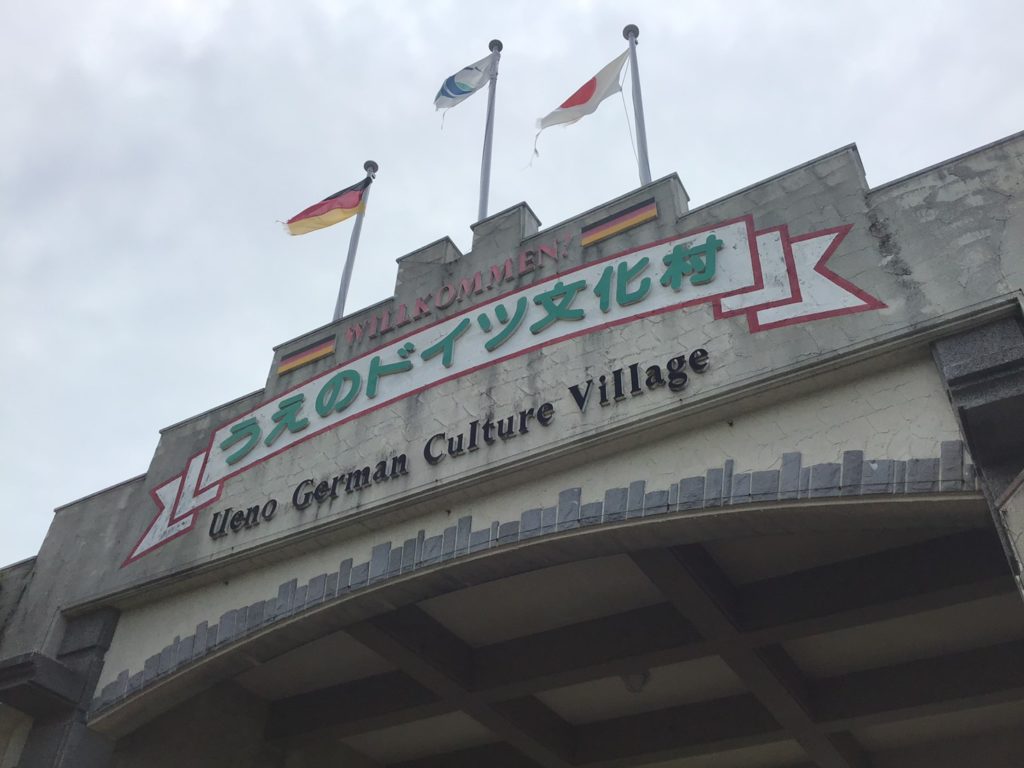
The culture of Miyako Island includes, first of all, Miyako jofu.
Miyako Kamifu is a delicate and cool cloth like the wings of a cicada, woven with fine threads hand-spun from ramie, a perennial plant of the nettle family, and is known as the finest summer kimono.
The beautiful Miyako Kamifu was made during the history of the Ryukyu Dynasty's harsh capitation tax.
The women of the island were charged the same amount regardless of their ability to pay taxes, and they continued their hard manual labor morning and night, weaving only 20 centimeters in a single day.
Miyako Kamifu is also one of the "four generations of Kamifu in Japan" along with Echigo Kamifu in Niigata Prefecture, Noto Kamifu in Ishikawa Prefecture, and Omi Kamifu in Shiga Prefecture, and is designated as an important intangible cultural asset by the national and prefectural governments.
Other performing arts handed down throughout the Miyako Islands include a group dance called kuicha.
This dance does not use musical instruments and is performed in a circle with the call of "Ninoyoi Sassa" to pray for a good harvest, to pray for rain, and as a pastime for men and women.
Its origin is said to date back to the middle of the Muromachi period (1336-1573), when Megurumu Toyomichika established the Budoribu (dance club) when he unified the Miyako Islands.
Kuyicha is designated as a national important intangible cultural asset, and in recent years, a "Kuyicha Festival" has been held on Miyako Island every November.
festival
The Miyako Festival, a big event held every summer, is the most famous festival on Miyako Island.
A variety of events will be held, including a fireworks display, a parade, a throat singing contest, a big tug-of-war, and the Miss Miyako pageant.
It is also famous for the All Japan Triathlon Miyakojima, a triathlon held every April in Miyakojima City.
Triathletes of all ages and genders, including top athletes from Japan and abroad, gather from all over Japan to challenge the grueling swim (3 km), bike (136 km), and run (42.195 km) races.
northern snakehead (species of fish, Channa argus)
Myakdutsu, meaning "happy month," is a traditional event of three regions originating from Ikema Island in the Miyako Islands.
It is held in three districts of Miyakojima City, Hirara-Ikema, Irabu-Sarahama, and Hirara-Nishihara, on the first Ki-no-Ema of August or September of the lunar calendar.
Residents of each district wear matching happi or potholders' headdresses, dance a quicha, and sing Shinto songs to pray for a good catch of fish, a good harvest, and the prosperity of the community and its descendants.
Ikema and Nishihara are held for three days, and Sarahama for four days. The first day is called Arabi, the second day Nnakanuhi, the third day Atonuhi, and the last day Bootibi.
Okinawan traditional three-stringed instrument; Pāntu of Shimajiri
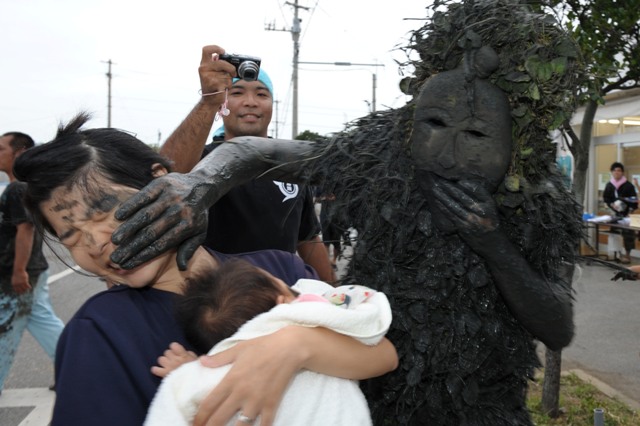
Pāntu, which is said to be the strangest festival on Miyako Island, is a traditional event to drive away evil spirits held in two districts of Miyako Island, Hirara Shimajiri and Uenohara.
Pāntu means a demon or ghost, and masked Pāntu go around the village to ward off evil spirits.
However, the content differs from district to district.
The Pahntu of Shimajiri in the Taira district is a dynamic event held on the lucky day of the ninth month of the lunar calendar, when the gods dressed as Pahntu smear mud on the houses and people in the village to drive away evil spirits.
The parade is held on the last Ox day of the twelfth lunar month in the Ueno district, and is performed by marching through the village to drive away evil spirits without applying mud.
The events of both districts have been designated as "Pāntu of Miyako Island," an important intangible folk cultural property of Japan, and in 2018 (Heisei 30), they were also registered as a UNESCO Intangible Cultural Heritage.
Miyako dialect
Here are some island words that are worth knowing.
The island dialect is unique in its words and phrases, but you will get along well with the islanders just by speaking the basic language.
For example, fun and happy are "pukarasu".
Daizu" is for "very difficult/important.
How are you?" is "Zokari Urama.
Thank you for the "tandigatandi".
Welcome" is "Nmyachi".
A little bit of "bicha-gamayo".
When you are offered Awamori in Miyako Island, smile and say, "I'm sorry, but I'm not sure I'll be able to make it!
Miyako soba (buckwheat noodles)
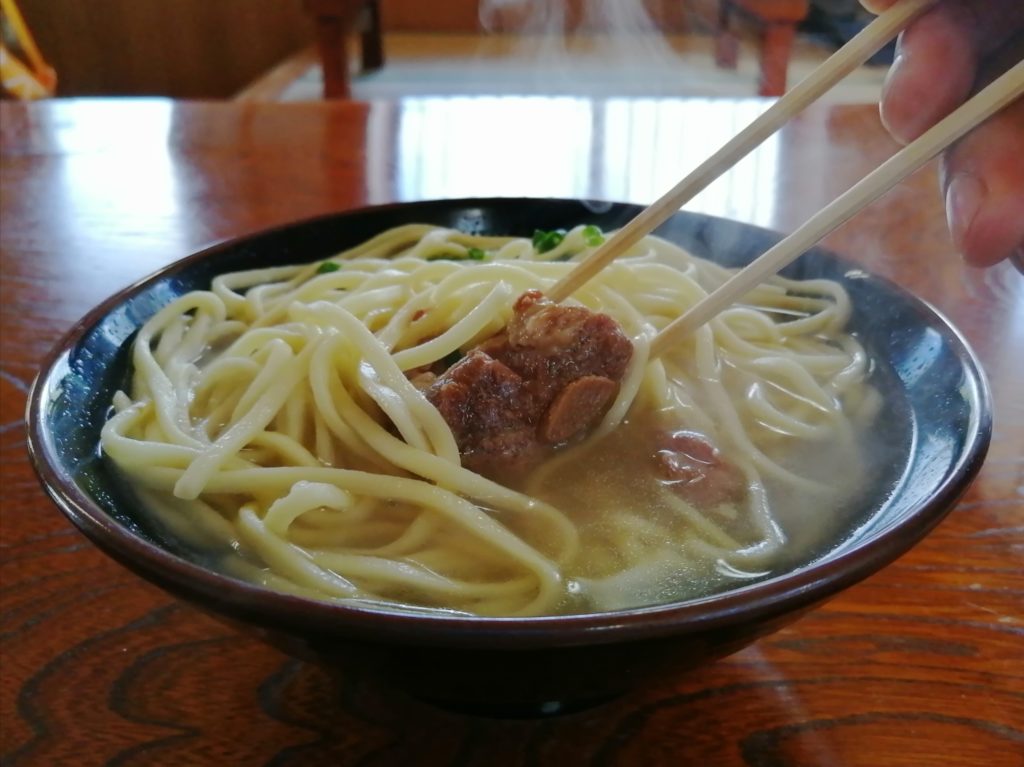
One of the delicious Miyako island dishes is Miyako soba.
A type of Okinawa soba, it is characterized by thin, unshrunken flat noodles and a light soup.
Noodles are made from oil-treated, pre-boiled noodles.
The standard ingredients are three meaty slices of pork belly and fish cake.
In addition, cans of curry powder are still kept on hand in long-established restaurants, and many people eat curry flavored food depending on their preference.
You will love Miyako Island even more if you learn about its history and culture.
We have introduced the history and culture of Miyako Island.
If you learn about the history and culture of a place before you go on a trip, you will discover something new each time you go, making your trip even more enjoyable.
If you head to Miyako Island with prior knowledge, you will surely fall in love with Miyako Island, which boasts some of the most beautiful coral reefs and coastal scenery in Okinawa!
10 recommended sightseeing spots to experience the history and culture of Miyako Island
Here are 10 recommended sightseeing spots where you can experience the history and culture of Miyako Island.
There are many interesting spots to visit!
Visiting spots where you can feel the history and culture will make your trip to Miyako Island even more memorable.
Miyakojima City General Museum
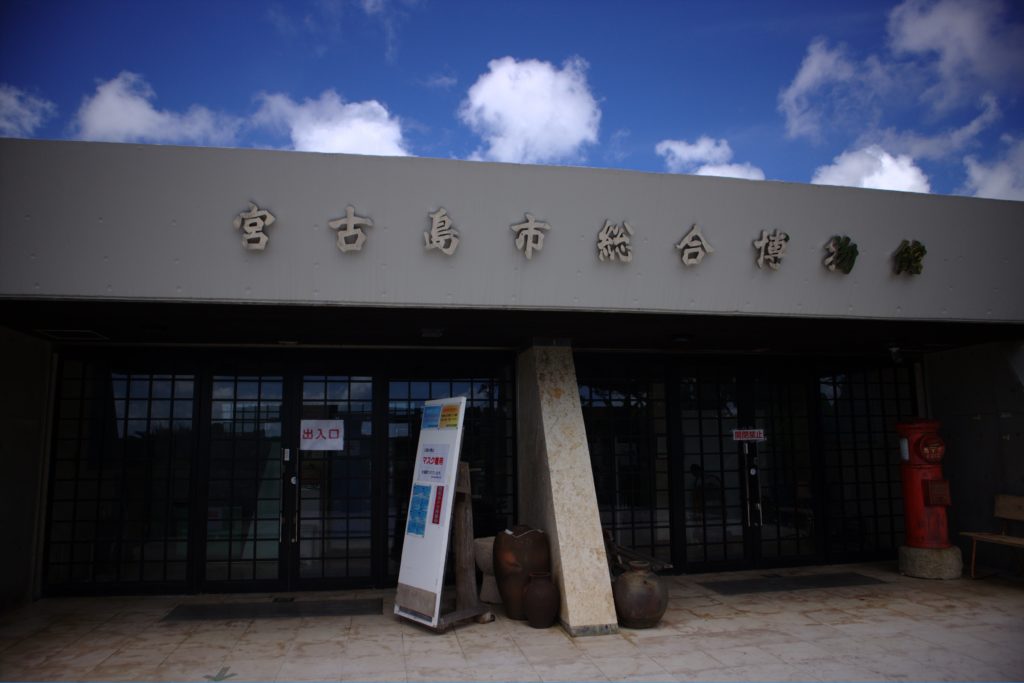
The Miyakojima City Museum is a museum where folk cultural and historical materials of the Miyako Archipelago are all on display.
The realistic models of the islanders' lifestyles are impressive, but there are also many historically valuable artifacts.
Spot descriptions and attractions
The museum is divided into two exhibition halls.
In the first exhibition room, the archaeology and history of Miyako Island from the time when people settled in Miyako to the Pacific War are introduced in the archaeology and history section, and traditional performing arts and traditional events in the folklore section.
Highlights include the previously mentioned materials on the campaign to abolish the capitation tax, as well as replicas and explanatory displays of the traditional event of exorcism in Miyako Island, the Pāntu.
In the natural science section of the second exhibition room, dioramas and other exhibits introduce the origins and nature of Miyako Island.
In the arts and crafts section, distinctive textiles, Miyako Kamifu and pottery are introduced, allowing visitors to learn about the nature and climate of Miyako Island all at once.
Basic Information
Address 1166-287, Higashi Nakasonezoe, Hirara, Miyakojima City, Okinawa, Japan
Phone number 0980-73-0567
Hours: 9:00-16:30 (admission until 16:00)
Closed Mondays (Tuesdays are also closed if Monday is a national holiday), year-end and New Year holidays, and national holidays
Admission 300 yen for adults, 200 yen for university and high school students, 100 yen for junior high and elementary school students
Access 30 min. drive from Miyako Airport, 15 min. drive from Hirara Port, free parking available.
Ueno German Cultural Village
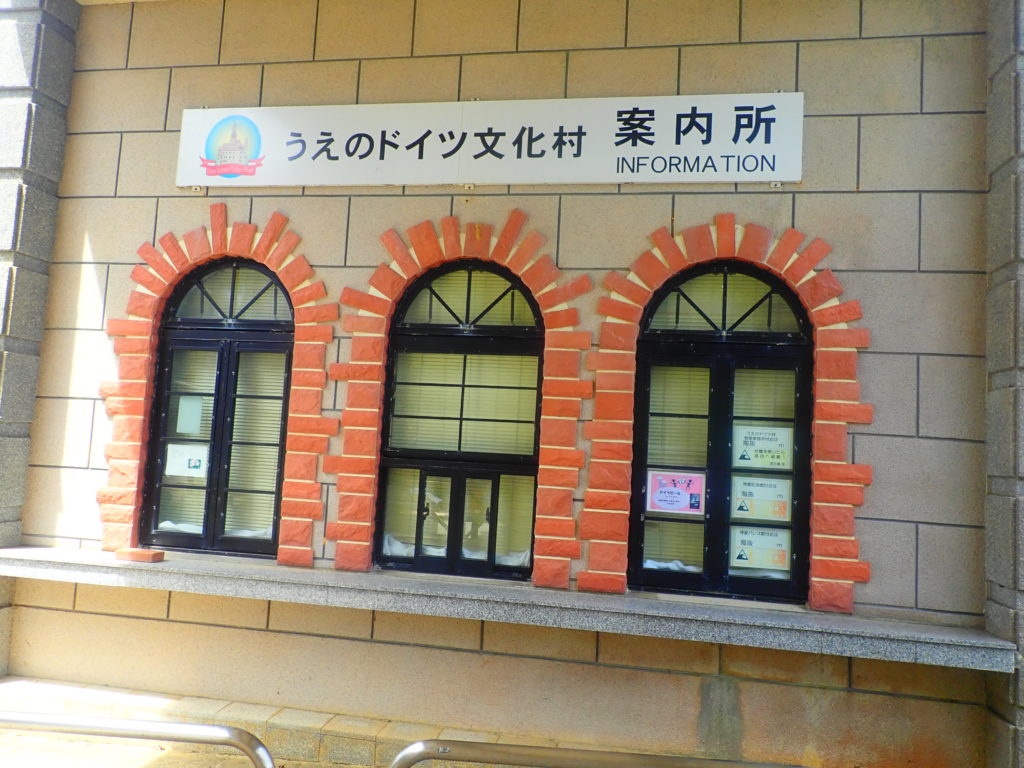
It is the largest theme park on Miyako Island, with accommodations and museums modeled after medieval German buildings, and souvenir stores modeled after German houses.
Ueno German Cultural Village was built in the Meiji era (1868-1912) on the site where the residents of Miyakuni in the former Ueno Village rescued a German shipwreck.
The former Ueno Village and the German city of Stade had a sister-city relationship because of this maritime accident.
Spot descriptions and attractions
Highlights include the Hakatai Memorial Hall, a recreation of the old German castle Marxburg Castle, the Kinderhaus, a collection of fairy tales, and the SeaSky Hakatai, an underwater sightseeing boat.
The Hakauai Memorial Museum has a "Knight's Room" where visitors can admire the valiant knight's armor, a "Lady's Room" where visitors can imagine the luxurious lifestyle of the German aristocracy of the time, and "Robertson's Drift," a German merchant ship that encountered a ship off Miyakuni in 1876 (9th year of Meiji), in the former Ueno Village, and other exhibits that will delight both children and adults alike. The exhibition is suitable for both children and adults.
In addition, the panoramic view of the Pacific Ocean from the observation deck 42 meters above ground is spectacular.
The Kinderhaus is themed on the world of fairy tales and exhibits materials related to Grimm's fairy tales and rare German toys, allowing children to experience German culture while having fun.
Also, check out the historical legacy of the Berlin Wall!
Sea Sky Hakai offers a semi-submersible underwater sightseeing boat that allows visitors to experience a dream world filled with colorful tropical fish and corals.
Basic Information
Address: 775-1 Uenomiyakuni, Miyakojima City, Okinawa
Phone number 0980-76-3771
Hours: 9:30-17:30 (admission until 17:00)
Closed Tuesdays and Thursdays (C-Sky Hakubai is open all year round)
Admission to Hakauai Memorial Museum Adults (high school students and older): 750 yen Children (elementary school students to junior high school students): 400 yen
Admission to Kinder House 210 yen for adults, 100 yen for children
Common ticket (for the above two museums): Adults 850 yen, Children 400 yen
Sea Sky Hakatai boarding fee Adult 2000 yen Child 1000 yen
Operation time: approx. 45 minutes (7 services per day)
Access 15 min. drive from Miyako Airport, 25 min. drive from Hirara Port, free parking available.
stone for tax purposes (ritsuryo period)
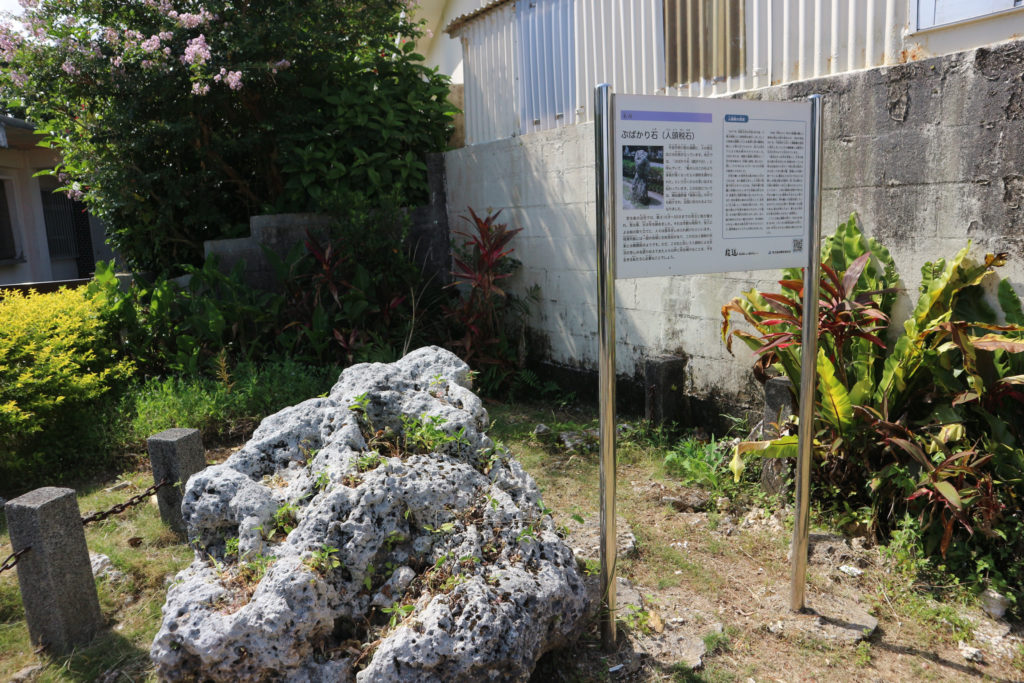
The capitation tax was a notorious tax system imposed by the Ryukyu Dynasty on the islanders until 1903.
The head tax stone is a historical site that is said to be a remnant of this.
Spot descriptions and attractions
The head tax stone is a stone pillar approximately 143 cm tall and is also known locally as a fudariishi.
The "賦" in "賦測石" means tax, and it is said that in Miyako Island, where family registers were not in place, a tax was imposed on anyone whose height exceeded this stone.
Basic Information
Address: 90 Kakawatori, Hirara, Miyakojima City, Okinawa, Japan
Tel. No. 0980-73-1881 (Miyakojima Tourist Association)
Access About 10 minutes drive from Miyako Airport, about 3 minutes drive from Hirara Port, no parking lot.
Yamato well (Yamatogar)
Yamato Well (Yamato Garu) is a well said to have been dug around 1720 in the middle of the Edo period and is one of the national historic sites.
The well is surrounded by circular piles of large and small hewn stones, and is decorated with advanced masonry techniques.
Spot descriptions and attractions
It is said that the name came from the fact that it was used by officials of the Satsuma clan and was not open to the general public.
The advanced masonry techniques of the time can be confirmed.
Basic Information
Address: 382 Hirara Nishi Nakasone, Miyakojima City, Okinawa, Japan
Tel. No. 0980-73-1881 (Miyakojima Tourist Association)
Access About 10 minutes drive from Miyako Airport, about 3 minutes drive from Hirara Port, no parking lot.
Makiyama Observatory
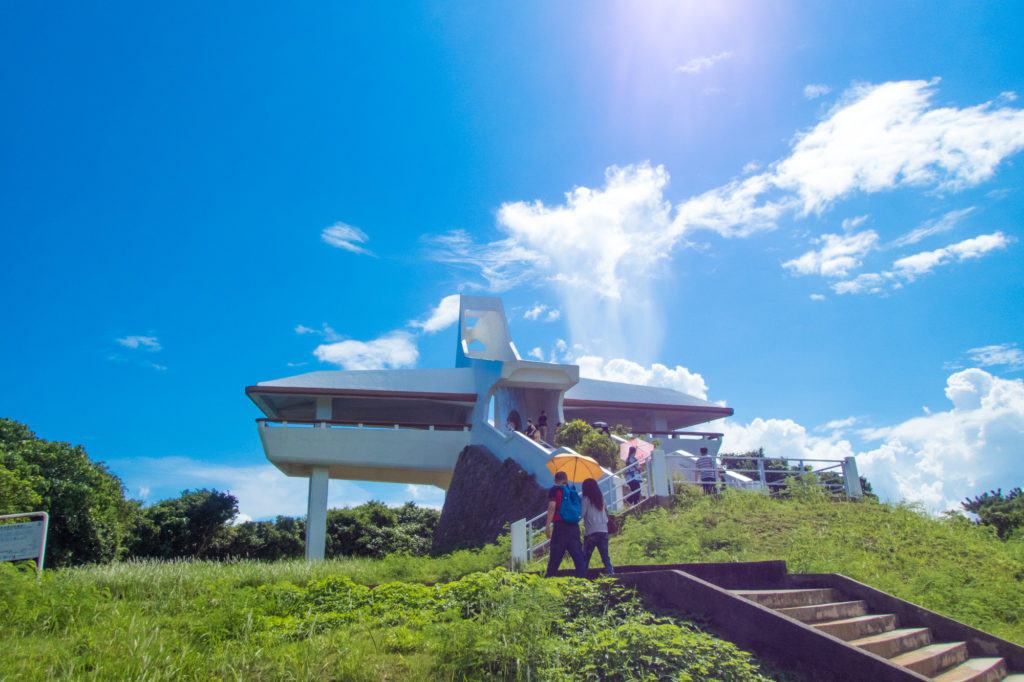
The Makiyama Observatory is an observatory that resembles a "sashiba," the symbol of Miyako Island and a member of the hawk family, spreading its wings in flight.
Located on Irabu Island, one of the Miyako Islands, it is also the highest observatory on the island.
Spot descriptions and attractions
From the Makiyama Observatory, you can see the Irabu Bridge and the gradation of the sea caused by coral reefs.
The spectacular view that can only be seen here will surely be an unforgettable travel moment!
Basic Information
Address: 923-1 Ikemazoe, Irabu, Miyakojima City, Okinawa, Japan
Tel. No. 0980-73-1881 (Miyakojima Tourist Association)
Access 25 min. by car from Miyako Airport across the Irabu Bridge, 10 min. by car from Sarahama Port, free parking available.
pond in a garden
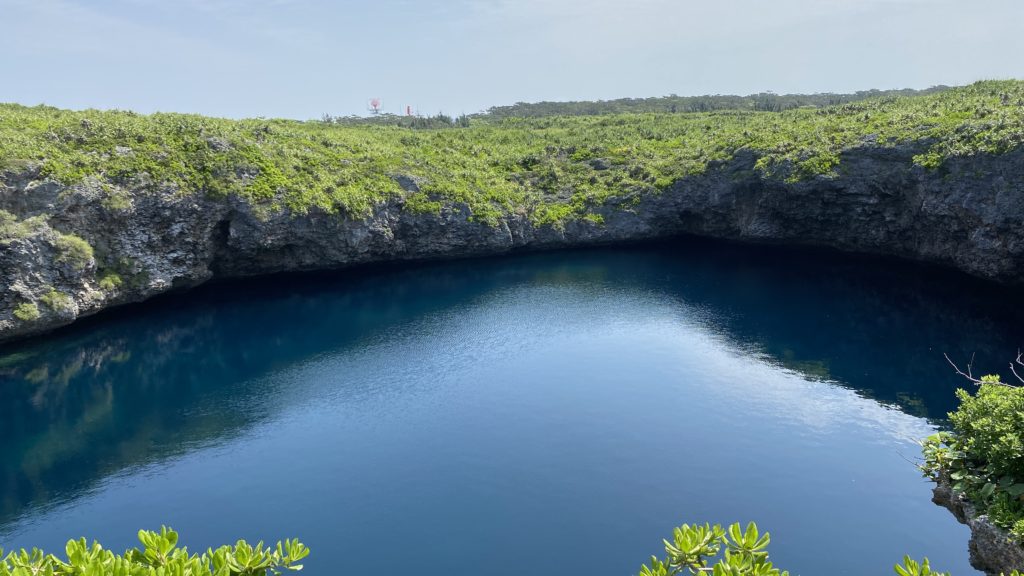
Located on Shimoji Island, one of the Miyako Islands, it is a mysterious natural formation created by the erosion of limestone rocks by rainwater.
Street Pond is also a national scenic beauty spot and a natural monument.
Spot descriptions and attractions
The two ponds that open up on the reefs along the coast are the Street Ponds.
In fact, it is connected to the sea by an undersea tunnel, and the surface of the water rises and falls with the ebb and flow of the tide.
It is also a coveted diving spot for divers, as it is possible to exit the open sea via an undersea cave to a passageway pond.
Basic Information
Address: 1742 Sawada, Irabu, Miyakojima City, Okinawa
Tel. No. 0980-73-1881 (Miyakojima Tourist Association)
Access 30 min. by car from Miyako Airport across the Irabu Bridge, 20 min. by car from Sarahama Port, free parking available.
Toyomichin's Tomb (Tooyumiya Tomb)
Toyomichin's Tomb is the tomb of Nakasone Toyomichin, who ruled Miyako Island from the late 15th to the early 16th century.
It is designated as a National Important Cultural Property.
Spot descriptions and attractions
The structure is reminiscent of a pyramid and shows the high level of stone construction technology of the time.
Toyomi-chika (Toyumi-ya) means "famous parent" in the Miyako dialect.
It is a spot where one can feel the dignity of the person who ruled Miyako Island.
Basic Information
Address: 3-4 Hirara Nishi Nakasone Madama, Miyakojima City, Okinawa, Japan
Tel. No. 0980-73-1881 (Miyakojima Tourist Association)
Access 20 min. drive from Miyako Airport, 15 min. drive from Hirara Port, free parking available.
Ikema Bridge
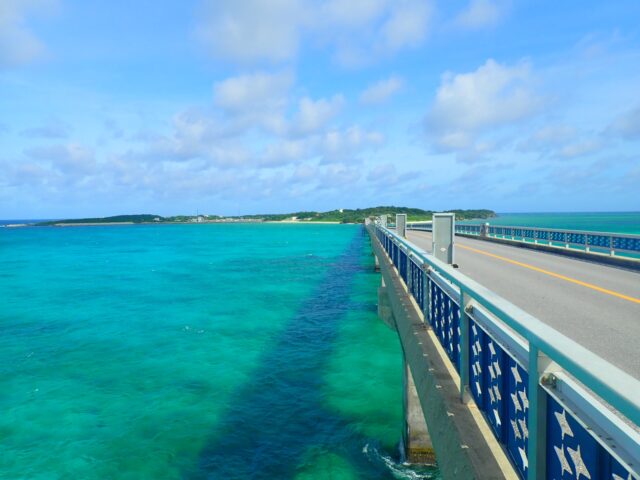
The Ikema Ohashi is a 1,425-meter-long bridge connecting Miyako Island and Ikema Island, and is shaped with a raised center for vessel navigation.
It opened in 1992 at a total cost of 9.9 billion yen.
Spot descriptions and attractions
It is one of the most beautiful spots in Miyako, running over the blue sea of coral reefs called "Ikema Blue.
Since stopping is prohibited on the bridge, walk on the bridge sidewalk when taking pictures.
Basic Information
Address: Ikema, Hirara, Miyakojima City, Okinawa
Tel. No. 0980-73-1881 (Miyakojima Tourist Association)
Access 25 min drive from Miyako Airport, 10 min drive from Sarahama Port, free parking at both ends of the bridge.
Irabu Bridge
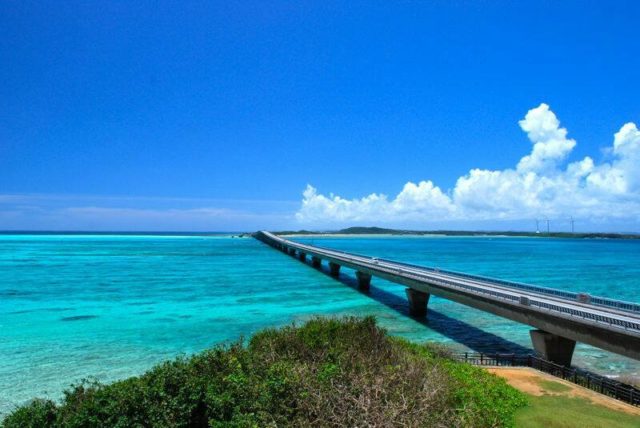
The Irabu Bridge connects Miyako Island and Irabu Island, and at 3,540 meters is Japan's longest free bridge over a remote island.
The project was put into service in 2015 (Heisei 27) at a total cost of 39.9 billion yen.
Spot descriptions and attractions
In Miyako Island, there was the "Kurima Bridge" connecting the main Miyako Island and Kurima Island, and the "Ikema Bridge" connecting the main Miyako Island and Ikema Island, but with the opening of the "Irabu Bridge," the five islands of Miyako, Kurima, Ikema, Irabu, and Shimoji are now connected by three large bridges.
The ability to easily cross to Irabu Island by car has brought about a major change in the style of tourism on Miyako Island.
To view the Irabu Bridge, the Irabu Bridge viewing station on the Miyako Main Island side is recommended!
Basic Information
Address Miyakojima City, Okinawa
Tel. No. 0980-73-1881 (Miyakojima Tourist Association)
Access 15 min. drive from Miyako Airport, 15 min. drive from Shimojijima Airport, 5 min. drive from Hirara Port, use free parking lot at Irabu Ohashi Visiting Station.
(Usui No Waterside Utaki)
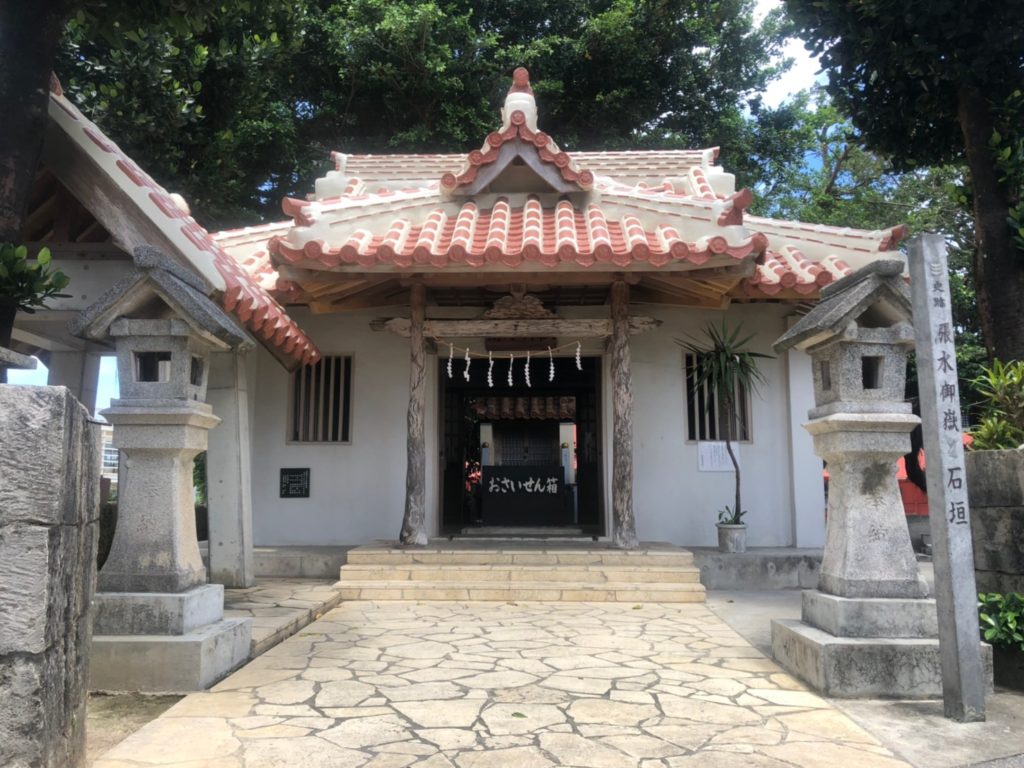
Harimizu Utaki, also known as "Tukasaya," is a large, swollen, and swollen utaki (a large, swollen, and swollen utaki).
This Utaki is dedicated to two deities, Konoikaku and Koitama, who are the founding gods of Miyako Island, and to which the legend of the "human-snake marriage" has been handed down.
Spot descriptions and attractions
Utaki refers to a sacred place in Okinawa where deities are worshipped.
Usui Ontake is the highest sacred or power spot on the island, and is worshipped by the islanders.
Although many Utaki are forbidden, this is the only Utaki on Miyako Island where visitors are allowed to set foot.
In addition, the stone wall on the south side of the Uwamizu Utaki grounds is believed to have been built by Nakasone Toyomichika in 1500.
This was built to commemorate the victory in the battle against the Oyakeakahachi of Yaeyama, which was won by praying to the Utaki.
This stone wall is a valuable cultural asset for understanding the stone construction techniques of the time, and is designated as a historical site by the city.
Basic Information
Address: 8 Nishisato, Hirara, Miyakojima City, Okinawa, Japan
Tel. No. 0980-73-1881 (Miyakojima Tourist Association)
Access 15 min. drive from Miyako Airport, 3 min. drive from Hirara Port, no parking lot.
summary
In this issue, we have introduced the history and culture of Miyako Island.
Miyako Island is dotted with many historic sites that retain their history and folklore.
Especially near Hirara Port, which has long been the gateway to the island, there are many cultural assets and historic sites that tell the story of the island's history, such as the Hito Tax Stone, Yamato Garu (Yamato Well), and Utsumizu Utaki, introduced here, which can be explored at leisure.
Why not experience the history of Miyako Island through the sad history told by the historical sites, the suffering of the islanders, the joy of birth, and the cultural assets that honor the masters?
Thank you for taking the time to read this to the end.

